Let's talk Jack Russell Terriers
Official name: Jack Russell Terrier
Other names: Jack Russell
Origins: England
Drooling tendencies
1 out of 5Shedding Level
2 out of 5Energy level*
5 out of 5Compatibility with other pets
5 out of 5Warm weather?
2 out of 5Suited to apartment living
3 out of 5Family pet?*
4 out of 5Can stay alone
1 out of 5
| Male | Female |
|---|---|
| 25 - 30 cm | 25 - 30 cm |
| 5 - 6 kg | 5 - 6 kg |
| Life Stage | |
|---|---|
| Puppy | Adult |
| 2 to 10 months | 2 to 10 months |
| Mature | Senior |
| 8 to 12 years | From 12 years |
| Baby | |
| Birth to 2 months | |
Drooling tendencies
1 out of 5Shedding Level
2 out of 5Energy level*
5 out of 5Compatibility with other pets
5 out of 5Warm weather?
2 out of 5Suited to apartment living
3 out of 5Family pet?*
4 out of 5Can stay alone
1 out of 5
| Male | Female |
|---|---|
| 25 - 30 cm | 25 - 30 cm |
| 5 - 6 kg | 5 - 6 kg |
| Life Stage | |
|---|---|
| Puppy | Adult |
| 2 to 10 months | 2 to 10 months |
| Mature | Senior |
| 8 to 12 years | From 12 years |
| Baby | |
| Birth to 2 months | |
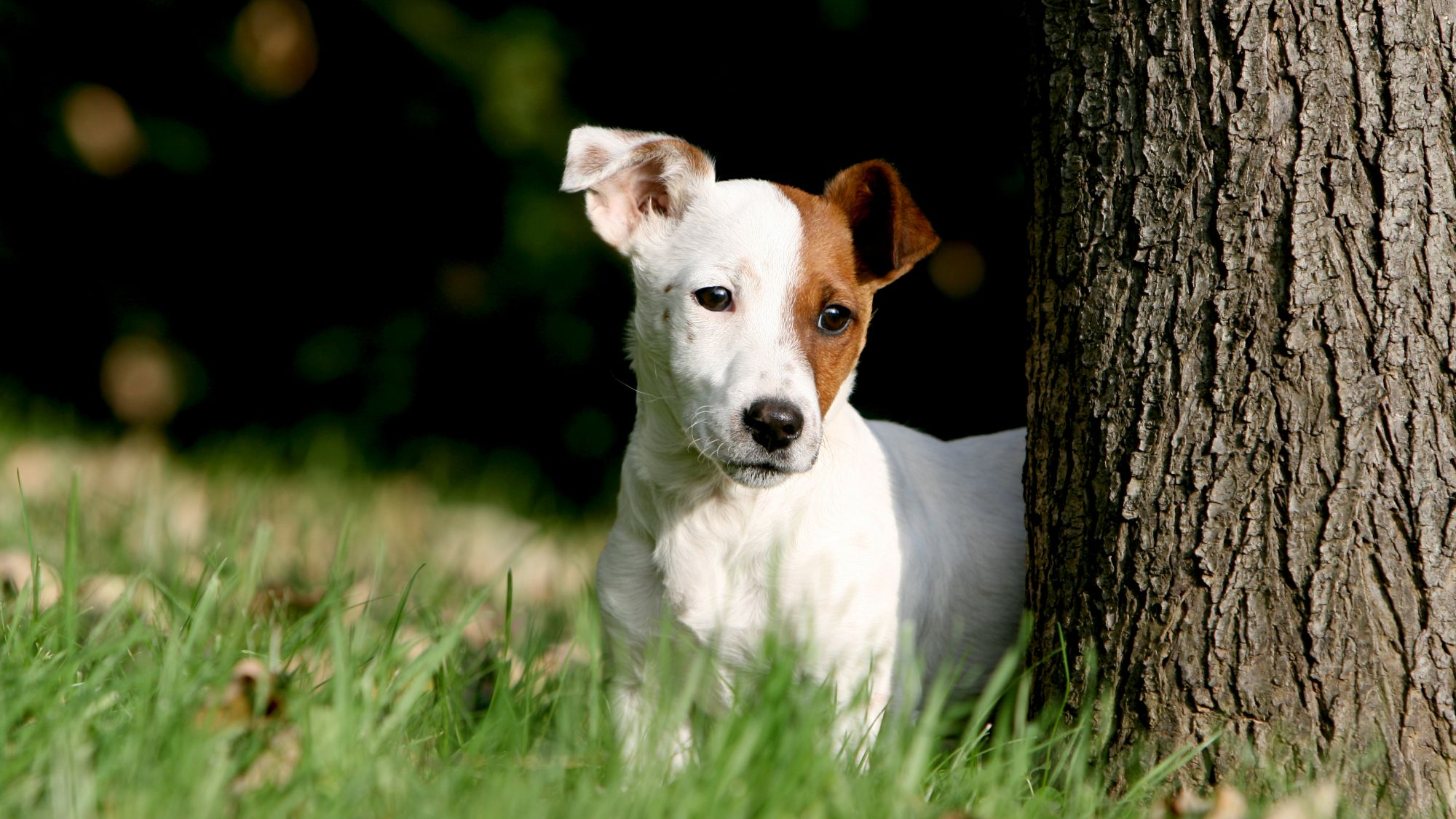
Get to know the Jack Russell Terrier
All you need to know about the breed
There is nothing quite like that Jack Russell Terrier attitude. It is perfectly encapsulated by the expression “Big dog energy”. It just happens to be housed in a little dog’s body.
With all the boldness, exuberance and yes, energy, of a far larger animal, the Jack Russell Terrier struts through life with a lively joy. Loyal and devoted, they will be more than pleased to have you along for the ride.
While Jack Russell Terriers can make great family pets, especially when socialised as puppies, they are known to be a bit “nippy” and as such are best suited to families with slightly older children able to understand how to behave around dogs. A Jack Russell isn’t a good fit with toddlers or very young children.
Originally bred to accompany hunters, the Jack Russell still has the stamina and temperament that are part and parcel of a working dog’s personality, including the high prey drive for which they were prized. You might be less enthused to discover your Jack Russell Terrier taking off after anything that moves so keeping them on a lead when out and about is always a good idea.
Two things to note about the breed: In spite of their small size, they do need a lot of exercise – you will likely tire long before they do – and mental stimulation. And they really don’t take well to being left alone. The breed’s separation anxiety can actually affect their overall health. Luckily, with that early socialisation and training – perhaps with a professional familiar with the Jack Russell Terrier’s particular brand of smarts – they will be more than ready to accompany you as you go about your day.
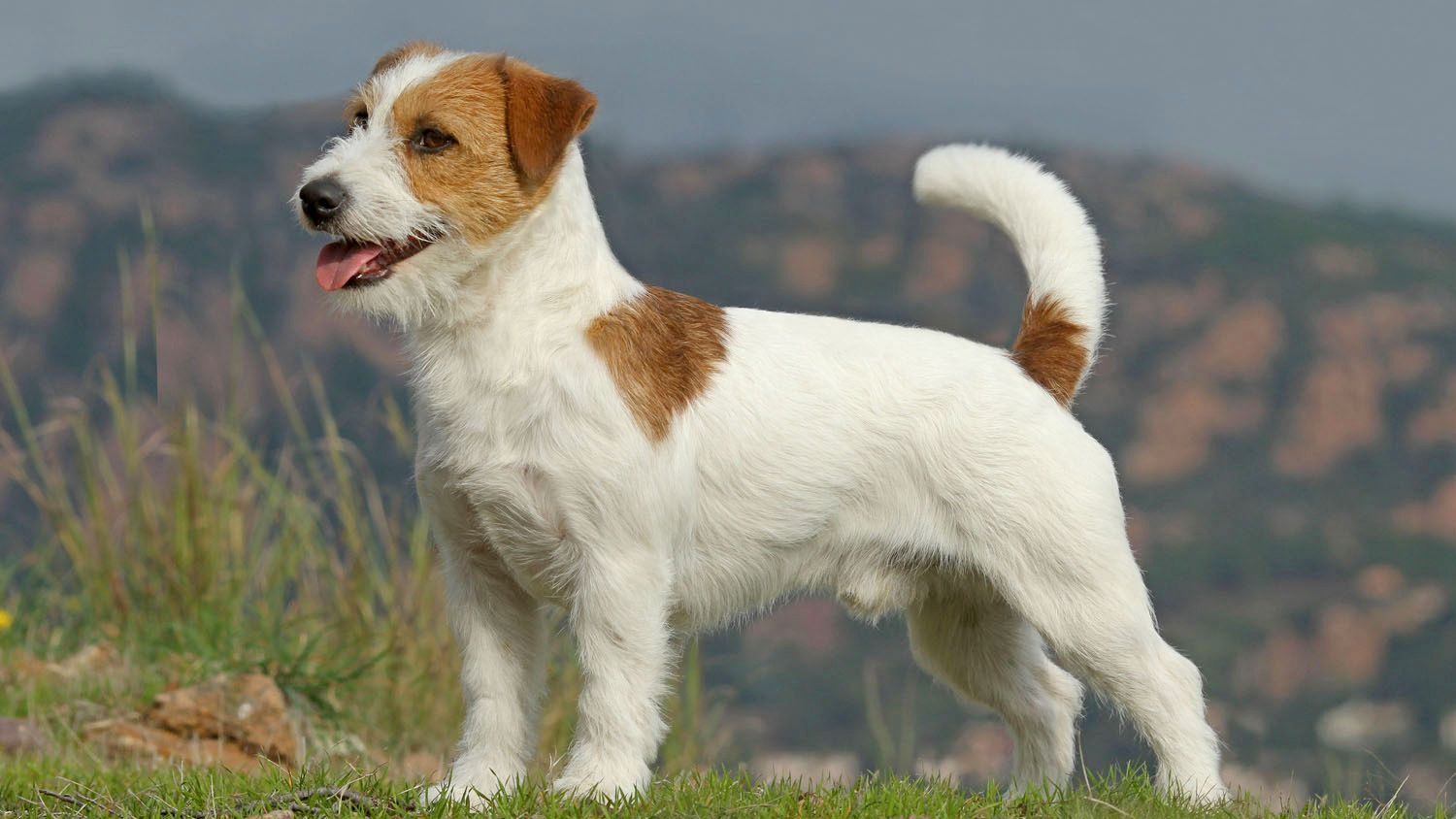
2 facts about Jack Russell Terriers
1. Did you say something?
It has been said that the Jack Russell Terrier likes the sound of his own voice. Perhaps a kind way of saying that the breed can be a bit barky. Excitable by nature, they will not hesitate to let you know if they are upset. Or content. Or hear something. You get the idea. Calm, but firm training can help get this tendency in check early.
2. How much exercise exactly?
They may be small, but this feisty, lively breed needs to expend their considerable energy every day. A walk around the block twice a day is not going to cut it. Think one hour of exercise a day minimum for your Jack Russell Terrier. Off-leash time nourishes their independent spirit – just make sure they are in a well-enclosed space. As a true terrier, if they can dig their way out, they will escape!
History of the breed
Originating in England sometime in the mid-to-late 1800’s, the Jack Russell Terrier was bred by the Reverend John Russel - funnily enough, not the John Russell Terrier - to accompany the good reverend on his beloved fox hunts. Mostly white so as not to be confused with the animals being pursued, they were low to the ground to be close to their quarry, fast enough to keep up with the hunt and plenty wriggly to follow foxes down narrow burrows to flush them out. And they were noisy enough to sound the alarm for all to hear when they’d found something, never harming their prey in the process.
In any event, these hardy terriers were bred to do a job and, while current Jack Russells are unlikely to be traceable to the parson’s originals, the breed is still driven to work, a fact that surprises nobody considering the breed’s high energy reserves and prey drive. Now a popular companion animal, sprightly Jack Russell Terriers still require toom to explore and their smart minds occupied.
No reason to bore you with all the to, fro, and discussion around the breed’s official recognition. Suffice it to say that they were finally recognised by the AKC in 2001, with their name changed to Parson Russell Terrier. The Jack Russell Terrier Breeders Association followed suite, becoming the Parson Russell Terrier Association of America. Interestingly, the Australian National Kennel Council (ANKC) and the New Zealand Kennel Club (NZCK) are among kennel associations that register both the Jack Russell Terrier and the Parson Russell Terrier as different breeds.
From head to tail
Physical characteristics of Jack Russell Terriers
1.Eyes
2.Nose
3.Skull
4.Body
5.Tail
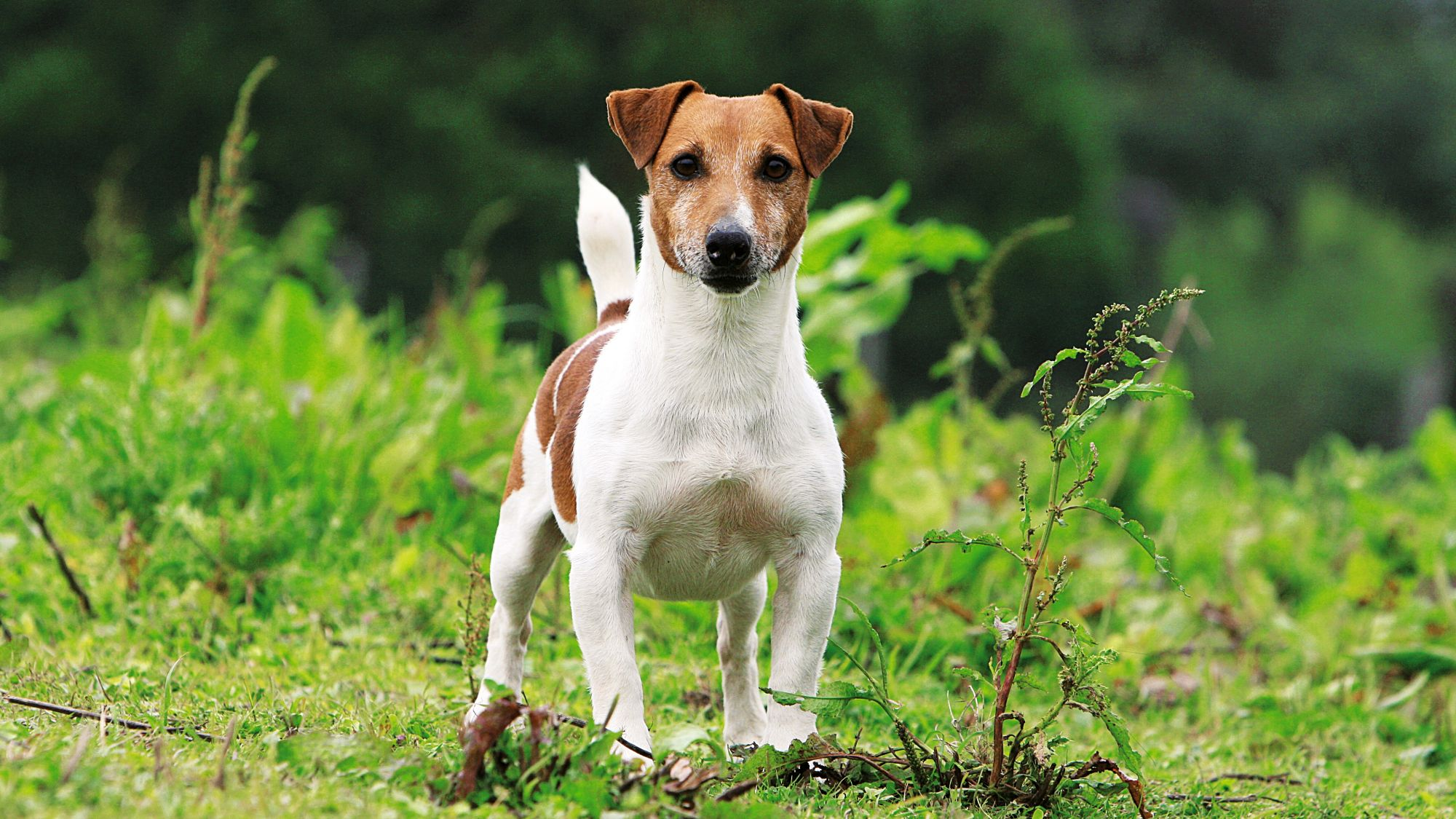
Things to look out for
From specific breed traits to a general health overview, here are some interesting facts about your Jack Russell Terrier
A skip and a jump
A pretty healthy breed overall, Jack Russell Terriers can be prone to a few select joint problems - all that constant movement might be to blame – from hereditary Legg-Calve-Perthes (LCP) disease, which can be corrected surgically to, most commonly, luxating patellas. Basically, their knee-caps can move out of position. You can spot symptoms of the latter early, including limping, skipping, and a sitting position that seems as though they are compensating. A good vet can help you decide if your pooch needs surgery or not.
Yawn… the breed bores easily
While training the Jack Russell Terrier can be a relatively easy endeavour thanks to the breed’s inherent smarts, they are known to get bored rather quickly and lose interest. Not good for training! So on you to keep those sessions entertaining, changing up here and there to make sure your Jack Russell Terrier stays engaged. If you do, they will learn fast and the training will stick. They were bred as a working dog after all.
Healthy diet, healthier dog
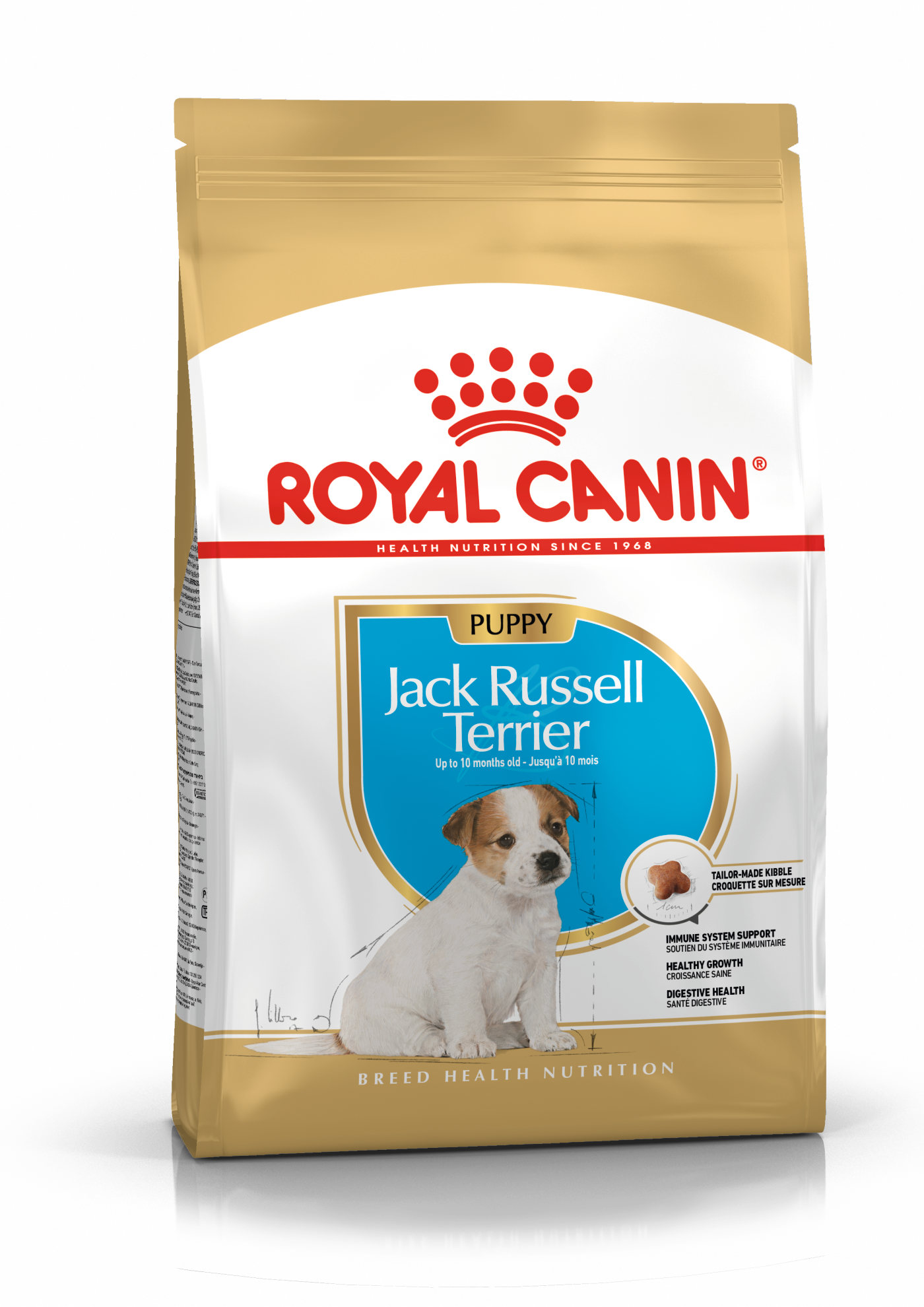
When choosing food for a Jack Russell Terrier, there are many factors to consider: their age, lifestyle, activity level, physiological condition, and health including potential sickness or sensitivities. Food provides energy to cover a dog’s vital functions, and a complete nutritional formula should contain an adjusted balance of nutrients to avoid any deficiency or excess in their diet, both of which could have adverse effects on the dog. Clean and fresh water should be available at all times to support good urinary regularity. In hot weather and especially when out exercising, bring water along for your dog’s frequent water breaks. The following recommendations are for healthy animals. If your dog has health problems, please consult your veterinarian who will prescribe an exclusively veterinary diet.
A Jack Russell Terrier puppy’s requirements, in terms of energy, protein, minerals and vitamins, are much greater than those of an adult dog. They need energy and nutrients to maintain their body, but also to grow and build it. Until they are 10 months old, a Jack Russell Terrier puppy’s immune system develops gradually. A complex of antioxidants - including vitamin E - can help support their natural defences during this time of big changes, discoveries, and new encounters. Their digestive functions are different from an adult Jack Russell Terrier, too: their digestive system is not mature yet so it’s important to provide highly digestible proteins that will be effectively used. Prebiotics, such as fructo-oligosaccharides, support digestive health by helping balance the intestinal flora, resulting in good stool.
Similarly, a puppy’s teeth – starting with the milk teeth, or first teeth, then the permanent teeth – are an important factor that needs to be taken into account when choosing the size, form, and hardness of kibble. This intense growth phase also means high energy needs, so the food must have a high energy content (expressed in Kcal/100g of food), while concentrations of all other nutrients will also be higher than normal in a specially formulated growth food. It is recommended to split the daily allowance into three meals until they are six months old, then to switch to two meals per day.
Throughout their life, it is important to avoid feeding them human foods or fatty snacks. Instead, reward your dog with kibble taken from their daily meal allowance, and strictly follow the feeding guidelines written on the package in order to prevent excessive weight gain.
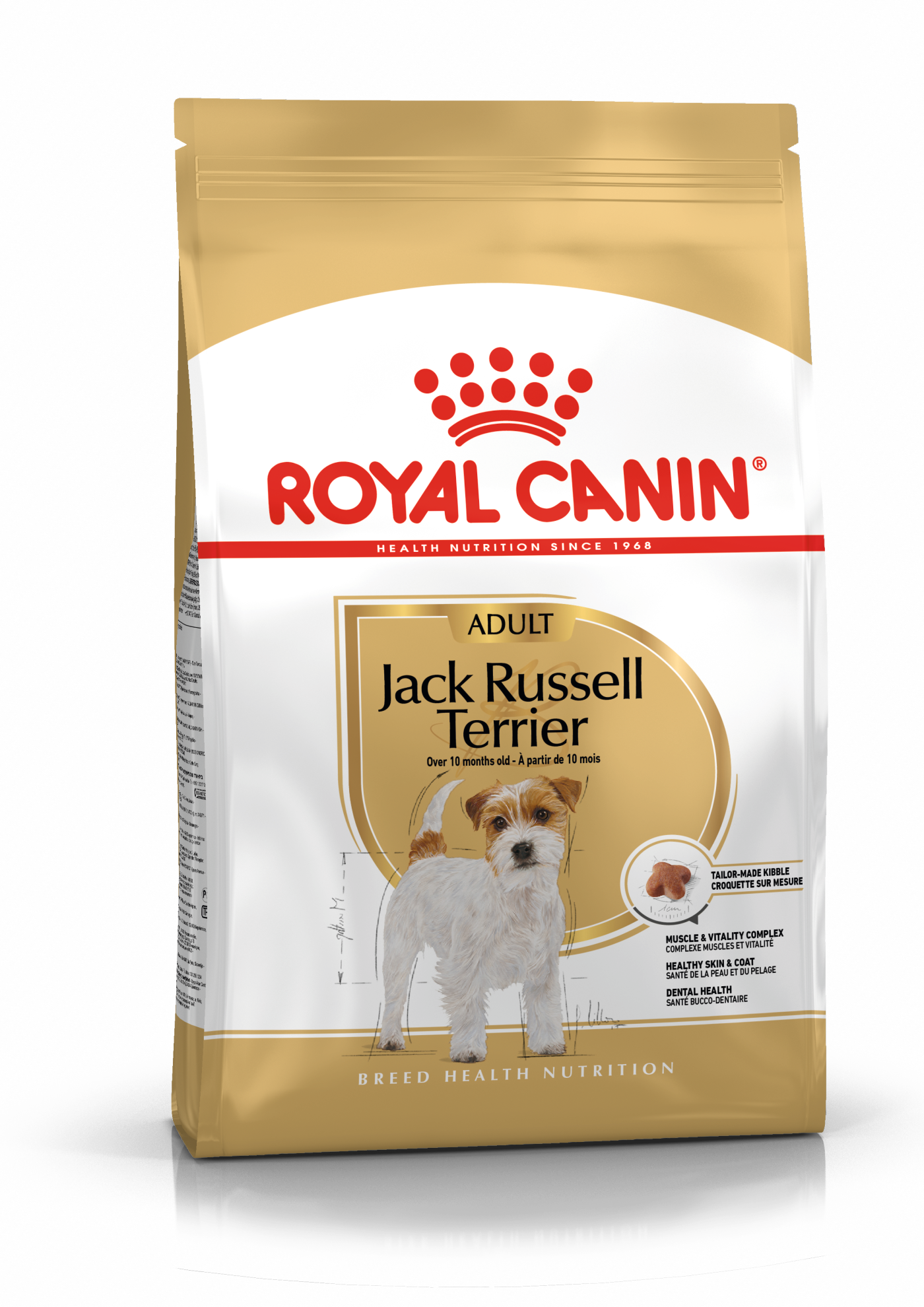
The main nutritional goals for adult Jack Russell Terriers are:
Maintaining an ideal body weight by using highly digestible
ingredients and keeping the fat content at a sensible level.
Preserving the health and beauty of the skin and coat with the
enriched addition of essential fatty acids (especially EPA-DHA), essential
amino acids, and B vitamins.
At adult age, small breed dogs are exposed to oral and dental disorders, more precisely, accumulation of dental plaque and tartar. The Jack Russell Terrier’s teeth and jaws need a lot of protection. A formula containing calcium chelators will help reduce tartar formation, hence helping to support daily oral hygiene. Small breed dogs are well known for being fussy eaters. Exclusive formula and flavourings, as well as a kibble size with a special texture, will stimulate their appetite.
For Jack Russell Terriers living mainly indoors, highly digestible proteins, an appropriate fibre content, and very high quality carbohydrate sources will help reduce faecal smell and volume. Because an indoor lifestyle often means less exercise, an adapted calorie content, which meets the reduced energy needs, and a diet that contains L-carnitine, which promotes fat metabolism, can help maintain an ideal weight. Apart from an indoor lifestyle, neutering is also a factor in overweight dogs.
Small breed dogs are prone to urinary stones; a diet that supports a healthy urinary system is recommended.

After 8 years old, Jack Russell Terriers start facing the first signs of ageing. A formula enriched with antioxidants will help maintain their vitality and an adapted phosphorus content will support their renal system. Ageing is also accompanied by the modification of digestive capacities and particular nutritional requirements, so food for older Jack Russell Terriers should have the following characteristics:
Higher vitamin C and E content. These nutrients have antioxidant properties, helping to protect the body’s cells against the harmful effects of the oxidative stress linked to ageing.
High-quality protein. Contrary to a widely held misconception, lowering the protein content in food brings little benefit in limiting kidney failure. In addition, older dogs are less efficient at using dietary protein than younger dogs. Reducing the phosphorous content is a good way of slowing down the gradual deterioration of kidney function.
A higher proportion of the trace elements iron, zinc, and manganese to help maintain the good condition of the skin and coat.
A higher quantity of polyunsaturated fatty acids to help maintain the quality of the coat. Dogs can normally produce these fatty acids, but ageing can affect this physiological process.
As they age, dogs increasingly suffer from teeth problems. To ensure they continue to eat in sufficient quantities, the shape, size, and hardness of their kibble needs to be tailored to their jaw.

Caring for your Jack Russell Terrier
Grooming, training and exercise tips
7/7
All about Jack Russell Terriers
One of the most popular breeds worldwide, Jack Russell Terriers are lively, fun, smart and thoroughly entertaining. These small dogs with big personalities are, however, not for everyone. They need lots of exercise, mental stimulation, a decent amount of attention – this is not a breed that can be left alone much – and early training and socialisation. Gather all the pros and cons and see if you think the breed is right for you.
Do birds fly? Bred to hunt and burrow into holes, the Jack Russell Terrier has a strong prey drive and a very keen sense of smell – while they might be digging out of boredom or, let’s be honest, because it’s fun, they might also be picking up the scent of something scurrying around underground. Training can help offset the trait, but not entirely.
Other breeds that might interest you
Read more on this topic
Sources
- Veterinary Centers of America https://vcahospitals.com/
- Royal Canin Dog Encyclopaedia. Ed 2010 and 2020
- Banfield Pet Hospital https://www.banfield.com/
- Royal Canin BHN Product Book
- American Kennel Club https://www.akc.org/
Like & share this page